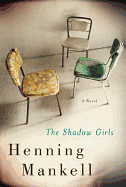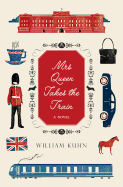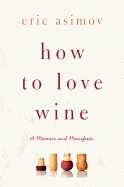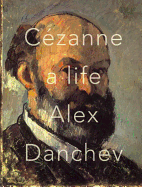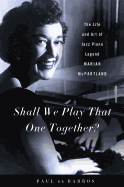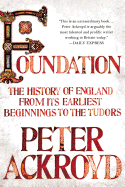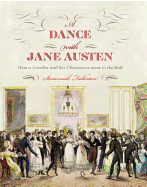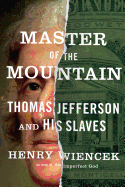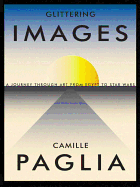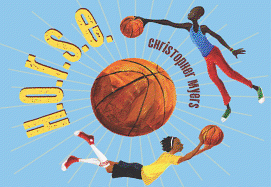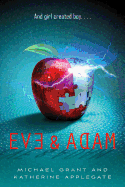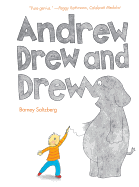 Raymond Carver once said that Alice Derry's "honest" poetry "made a claim on his heart." Her work cleaves localized, intimate space to complex, globalized condition. Fluent in German and well-traveled, Derry nevertheless considers herself a "provincial." In an essay that prefaces her third collection, Strangers to their Courage (Louisiana State University Press, 2001), Derry defines the Berlin Wall as a composite symbol of prejudice, cruelty and isolation, and explains how she and her German relatives have sought to transcend the barrier of their disparate worlds. Her desire to achieve an elegant yet more inclusive "truth" reverberates from her translation of Rilke's New Poems (Pleasure Boat Studio, 2002) to her latest collection, Tremolo (Red Hen Press, September 2012), in which she evokes Theodore Roethke's line, "this shaking keeps me steady. I should know."
Raymond Carver once said that Alice Derry's "honest" poetry "made a claim on his heart." Her work cleaves localized, intimate space to complex, globalized condition. Fluent in German and well-traveled, Derry nevertheless considers herself a "provincial." In an essay that prefaces her third collection, Strangers to their Courage (Louisiana State University Press, 2001), Derry defines the Berlin Wall as a composite symbol of prejudice, cruelty and isolation, and explains how she and her German relatives have sought to transcend the barrier of their disparate worlds. Her desire to achieve an elegant yet more inclusive "truth" reverberates from her translation of Rilke's New Poems (Pleasure Boat Studio, 2002) to her latest collection, Tremolo (Red Hen Press, September 2012), in which she evokes Theodore Roethke's line, "this shaking keeps me steady. I should know."
Alice Derry was born in Oregon and raised in Washington and Montana. She recently retired from teaching at Peninsula College in Port Angeles on Washington's Olympic Peninsula, where she co-directed the Foothills Writers' Series since 1980.
Several poems in Tremolo talk about Germany and its deep hold on you.
I first studied in Berlin in the fall of 1967 as an exchange student. Since that first year, I've returned to Germany more than 15 times, but never again for a full year.
You allude to the experience of being an American in a foreign country in the poem "Beech":
How many times I've gone that same distance
in a foreign country, found what I've hungered for
but couldn't ready myself
to brave the stares and break silence
with rasped, clotted speech
Yes, while I had studied German as a child (from a Lutheran minister) and throughout high school and college, I did not really know how to speak German. I realized, even as an unsophisticated 20-year-old, that I had learned a language which carried with it far more than another way to talk.
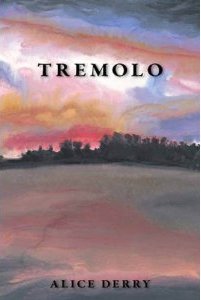 You once said, "language isn't really up to experience." But in "Elephants," you advise your daughter to "use [her] words" as a way to define her existence. Can we translate life into language?
You once said, "language isn't really up to experience." But in "Elephants," you advise your daughter to "use [her] words" as a way to define her existence. Can we translate life into language?
When we humans experience something, we may try to reproduce that experience to others in words, but it is impossible to reproduce in language what we have taken in through our senses whole. Language has its own requirements and produces something different. Of course, language often is experience. There is a certain irony in the ending of "Elephants" as well as the understanding that language is what we have and we need it. Even if my daughter does use her words, she will not be able to ward off the grief a life contains. Language is both transparent and obfuscating, creating its own reality. "Holding is the only way not to speak," I write in "Gerüche"; we need language to reach out to each other.
In "Although I Laid Carnations" you introduce the Iraqi Shiite woman who washes dead bodies for a living:
how necessary the body is
which becomes earth, its sure path.
When her children crawl into her lap at bedtime,
that's a different matter.
Why is the woman's connection with her children "a different matter?"
I am thinking of matter in perhaps three ways: matter is substance, bodies, earth, the elements; we use matter in terms of subject matter; and matter is part of phrases like "What's the matter [with someone]?" After washing so many bodies, the woman can understand that the sure path of the body itself is toward the earth. Much more difficult for us to imagine is the death of our own consciousness or spirit, probably impossible. While she can accept death, she cannot imagine the deaths of her own children (a totally different subject matter) and spirit, too, is not really "matter."
The poems "Armor" and "What My Student Discovers" appear to be nuanced meditations on the notions of courage, honor, goodness and evil. Are the profiles in these two poems "strangers to their courage?"
"Armor" and "What My Student Discovers" could easily have been in Strangers to Their Courage as they continue the dialogue with myself and my reader which that book initiates, but they are not in that collection. The title Strangers to Their Courage is a line from a poem, "On Reading an Anthology of Postwar German Poetry" by Lisel Mueller--my teacher and mentor at Goddard College (now Warren Wilson College)--in which she indicates that because she was a refugee who came to the U.S. at 15, she did not become a German writer in Germany and she admires the Germans' courage in speaking on German issues, "as they raise a new language/ out of wreckage and evil/ and terrible knowledge." Lisel is/was in a certain sense a stranger to their courage. I used the title in the sense that the readers of my book are probably strangers to various courageous acts on the part of the German people. However, my sense of what needs to be said ranges far and wide. The [Holocaust] issue is not as black and white as we might think, especially in light of our own wars. We are not exempt from evil just because we are not Germans. Ultimately, we are not "strangers" to courage, guilt or responsibility.
You criticized Rilke for renouncing his responsibility to his wife and young daughter, expressing that you "want your own life in some way to bear witness to the day to day domesticity that women crave and children require to grow whole." How do you achieve this work-life balance?
I see no way to compromise really. You must put your child first. Poetry second. Every minute of every day involves making the choices for your child or for your art. Thus, you will not write as well or as rapidly as you should or could. Natalia Ginzburg in Family Sayings suggests that mothers must stand still so that their children can move. That is certainly how I experienced parenting. But being a mother also opened up a whole new self for me; that was a great richness in terms of writing. I would hope that a poet's involvement in a great passion can serve as a positive model for her child. Modeling is essentially the only effective form of parenting. --Thuy Dinh, editor, Da Mau magazine
Alice Derry: The Butterfly Effect of Breaking Walls
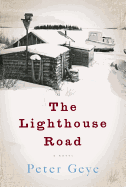 Consider Peter Geye's The Lighthouse Road (Unbridled Books), a beautifully crafted tale of hardscrabble settlers on the North Shore of Lake Superior at the beginning of the 20th century. The novel evokes a visceral sense of place while telling a universal story (see Geye's "Letter to Readers" for a nice introduction to his characters).
Consider Peter Geye's The Lighthouse Road (Unbridled Books), a beautifully crafted tale of hardscrabble settlers on the North Shore of Lake Superior at the beginning of the 20th century. The novel evokes a visceral sense of place while telling a universal story (see Geye's "Letter to Readers" for a nice introduction to his characters). 


 Raymond Carver once said that Alice Derry's "honest" poetry "made a claim on his heart." Her work cleaves localized, intimate space to complex, globalized condition. Fluent in German and well-traveled, Derry nevertheless considers herself a "provincial." In an essay that prefaces her third collection,
Raymond Carver once said that Alice Derry's "honest" poetry "made a claim on his heart." Her work cleaves localized, intimate space to complex, globalized condition. Fluent in German and well-traveled, Derry nevertheless considers herself a "provincial." In an essay that prefaces her third collection,  You once said, "language isn't really up to experience." But in "Elephants," you advise your daughter to "use [her] words" as a way to define her existence. Can we translate life into language?
You once said, "language isn't really up to experience." But in "Elephants," you advise your daughter to "use [her] words" as a way to define her existence. Can we translate life into language?
